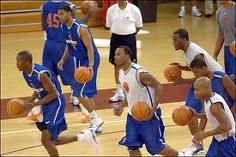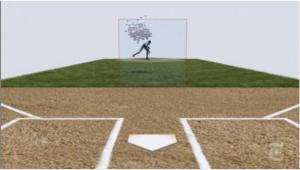 I went over to ESPN and tallied up the total number of goals in this year’s World Cup: I counted 139 goals in 62 matches (margin of error: +/- 3 goals?), for an average of 2.24 goals per match. That’s total. For both teams. Think about that.
I went over to ESPN and tallied up the total number of goals in this year’s World Cup: I counted 139 goals in 62 matches (margin of error: +/- 3 goals?), for an average of 2.24 goals per match. That’s total. For both teams. Think about that.
Will the final be similar? The Netherlands has averaged 2 goals per game (12 goals in 6 games) over the first 6 games of the WC, and Spain has averaged 1.16 goals per game (7 goals in 6 games). So maybe the final will see closer to 3.16 total goals?
It might be important to also consider these teams goals against average: the Netherlands has conceded .83 goals per game (5 goals in 6 games), and Spain has only allowed .33 goals per game (2 goals in 6 games). This simplistic analysis suggests something around 1.16 goals in tomorrow’s final.
My prediction–two total goals. If I were you I’d take the under.




